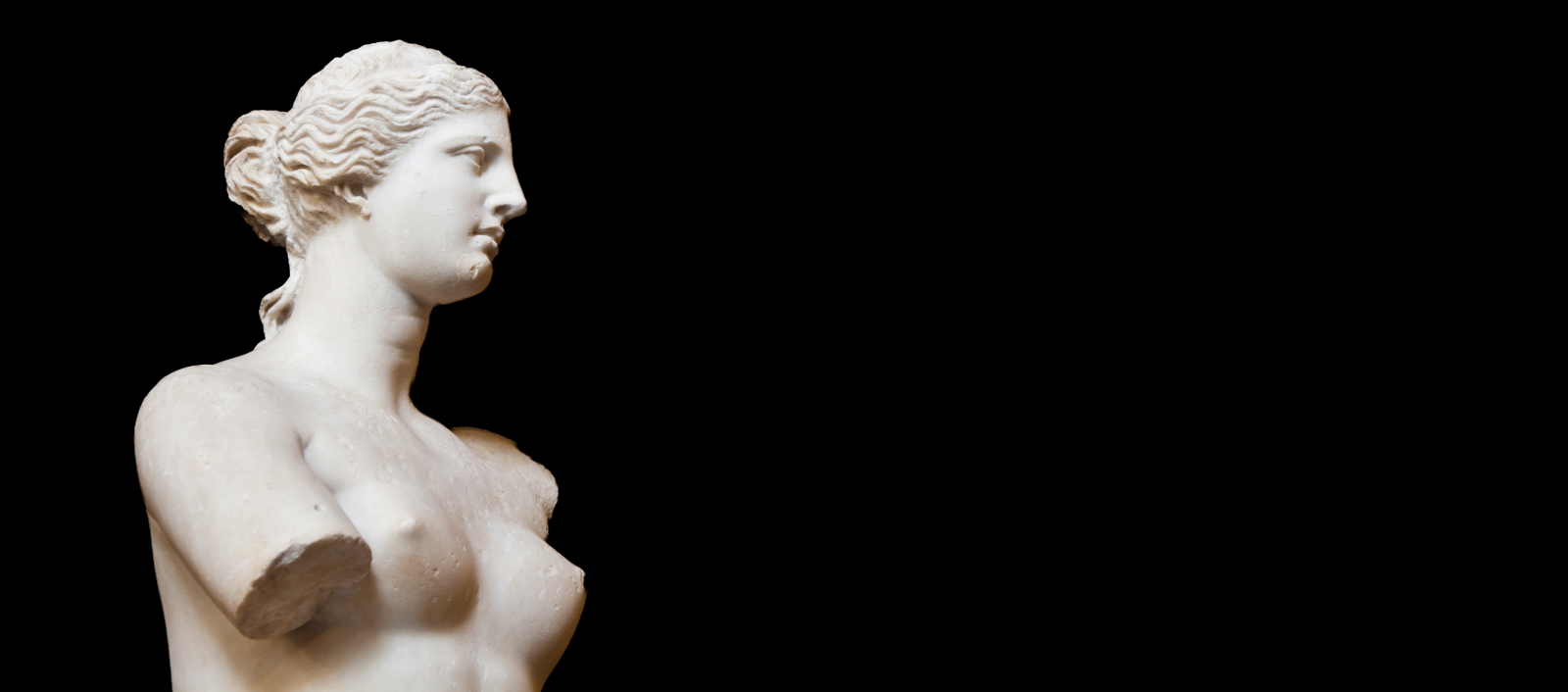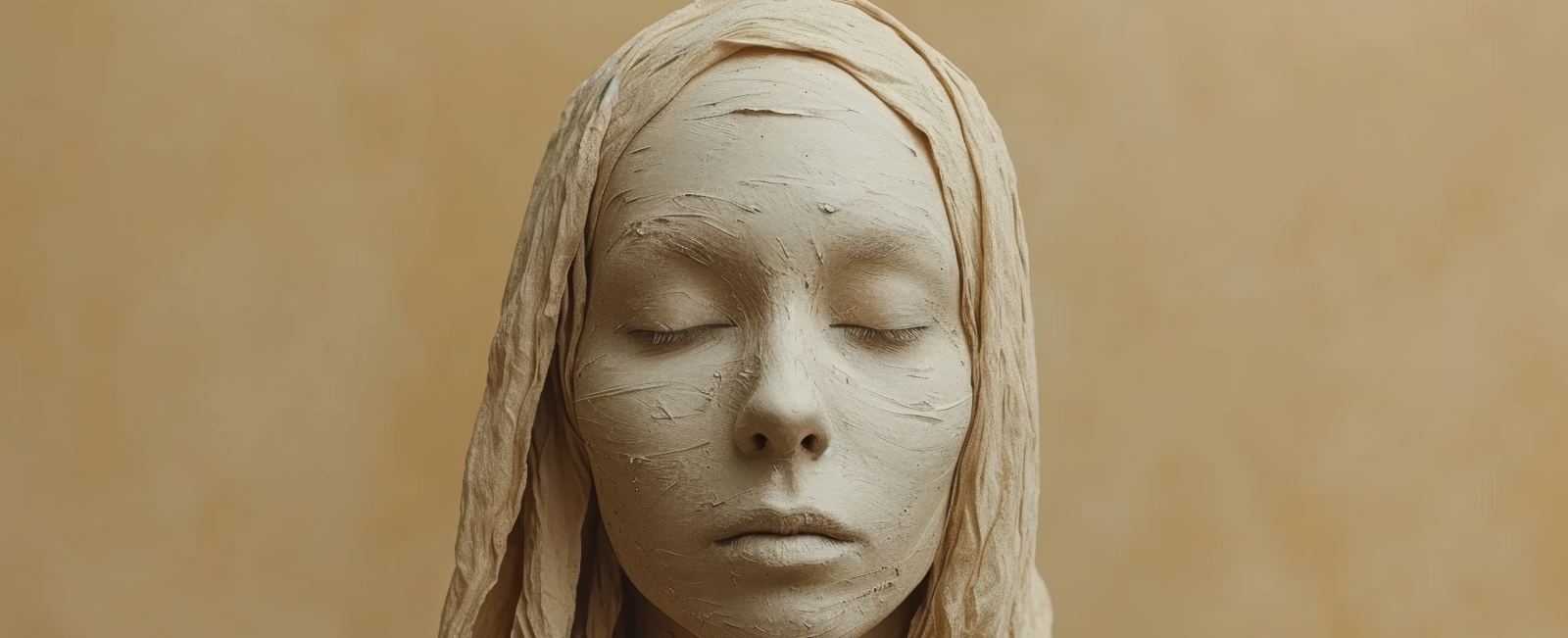Sculpture as an Art Form
What Is Escrita Com Luz Sculpture?
Sculpture As An Art Form is a powerful form of three-dimensional visual expression. Unlike drawing or painting, which exist on flat surfaces, sculpture occupies real space. It can be touched, walked around, and experienced from multiple viewpoints. This physical presence makes it one of the most visceral and immediate forms of art.
When viewed through the lens of Escrita Com Luz — art as a manifestation of inner light and awareness — sculpture becomes a way to materialize feeling. The form, texture, and mass of a sculpture are not just about appearance. They carry intention, emotion, and thought.
The Language of Form
Sculpture ranges from realistic figures to pure abstraction.
A classical statue may show a body in motion, filled with grace. An abstract piece might focus on negative space, balance, or material texture. Both approaches have something to say.
Some sculptures are meditative. Some confront the viewer. Others invite play or introspection.
The common thread is this: Sculpture speaks without needing words.
It moves the viewer to feel, think, or reflect. That alone is what places it within the world of art.
Space, Interaction, and Presence
What sets sculpture apart from many other art forms is its relationship with space.
It isn’t confined to a wall or a frame. It lives in a room. It defines how you move. It reacts to light, weather, and distance.
In this way, sculpture is inherently interactive. Whether it’s a monument in a plaza or an installation in a quiet gallery, sculpture asks the viewer to engage — not just visually, but physically and emotionally.
When sculpture is placed in public spaces, it becomes part of daily life. It can inspire, provoke, or quietly become a symbol of collective memory and identity.
Why Sculpture Is Escrita Com Luz
Sculpture involves more than technical skill. It is the act of transforming matter into meaning.
Each line chiseled into stone or shape pressed into clay carries the thought and emotion of its creator.
Each piece becomes a vessel of awareness, meant to be experienced in real time, in real space.
This makes sculpture one of the purest manifestations of Escrita Com Luz.
The light isn’t painted or drawn — it is formed, shaped, and made solid.
It’s not just seen.
It’s felt.
Ten Forms of Sculpture
Carving
Carving is one of the oldest and most traditional sculpting techniques. It involves cutting, chipping, or sawing away material—usually stone or wood—from a larger block to shape a three-dimensional form. This subtractive process requires precision, as once material is removed, it cannot be replaced. Classic examples include marble statues from ancient Greece and wood carvings in religious altars.
Modeling
Modeling is an additive technique where a soft, malleable material like clay, wax, or even plaster is shaped by hand or tools. Unlike carving, this method allows flexibility to add, remove, or reshape as needed. Often used for figurative works and maquettes, modeling emphasizes touch, flow, and texture.
Casting
Casting involves creating a sculpture by pouring a liquid material—typically bronze, resin, or plaster—into a mold. Once solidified, the mold is removed to reveal a precise replica of the original model. This method allows for multiple reproductions and is ideal for capturing fine details. Bronze-cast sculptures are iconic in classical and modern art alike.
Welding
Welding is a technique used to fuse metal pieces together by applying heat. It’s most often seen in contemporary and large-scale public sculptures. This method gives the artist the freedom to build abstract or industrial forms using steel, iron, or aluminum. It combines engineering skill with artistic intent.
Assemblage
Assemblage involves piecing together various found or recycled materials to create a cohesive sculptural work. It’s closely linked to collage but in three dimensions. Artists use objects like metal scraps, wood fragments, glass, or plastic, giving discarded items new context and meaning.
Installation
Installation sculpture is about space as much as the object itself. These works are created to occupy, interact with, or transform a specific environment—often indoors or outdoors. Viewers are meant to walk through, around, or even within the artwork, making it a fully immersive experience.
Relief
Relief sculpture is carved or molded so that the design projects from a flat background. Found on walls, temples, and monuments, reliefs can be low (bas-relief) or high, depending on how much the sculpture extends from the surface. Though partially three-dimensional, reliefs are meant to be viewed primarily from one angle.
Kinetic
Kinetic sculpture introduces movement into the form, either mechanically or through natural elements like wind or water. Motors, gears, magnets, and even light can be used to animate parts of the sculpture. These works are constantly changing, offering a living dialogue between art and time.
Environmental
Environmental sculpture engages directly with the natural or urban landscape. These works are often large-scale and site-specific, designed to coexist with their surroundings. Whether integrated into a forest, beach, or city square, they blur the line between nature and structure, often prompting reflection on space, ecology, or memory.
Figurative
Figurative sculpture represents recognizable subjects, most often the human form or animals. From classical statues to lifelike modern busts, this approach focuses on proportion, anatomy, and expression. Though sometimes realistic, figurative sculpture can also be stylized or symbolic, depending on the artist’s intention.

Most Famous Sculptures in the World
Michelangelo’s David
Created between 1501 and 1504 by Michelangelo, David is one of the most iconic sculptures in art history. Standing over 17 feet tall and carved entirely from a single block of marble, the statue captures the moment before David confronts Goliath. It represents not just biblical strength, but also the spirit of the Renaissance — celebrating human beauty, proportion, and intellectual resolve.
Venus de Milo
Sculpted around 100 BCE, the Venus de Milo is believed to represent Aphrodite, the Greek goddess of love and beauty. Despite missing arms and parts of her original form, the sculpture exudes grace and elegance through its flowing drapery and poised stance. It now stands as one of the crown jewels of the Louvre, admired for both its mystery and its masterful execution.
Auguste Rodin’s The Thinker
Originally part of a larger work called The Gates of Hell, Rodin’s The Thinker was completed in the late 19th century. This bronze figure portrays a man absorbed in deep contemplation, his muscular form expressing the intensity of thought. It has since become a universal symbol of philosophy and introspection, and resides prominently at the Rodin Museum in Paris.
Winged Victory of Samothrace
Believed to have been sculpted around 190 BCE, the Winged Victory of Samothrace (Nike of Samothrace) represents the Greek goddess of victory. Despite missing her head and arms, the sculpture captures dynamic movement with astonishing realism — her garments appear windblown as she strides forward. Positioned dramatically at the Louvre, she greets visitors with a sense of triumph and majesty.
The Pietà
Michelangelo carved The Pietà from a single slab of Carrara marble in 1498–1499, at just 24 years old. The sculpture depicts the Virgin Mary cradling the lifeless body of Jesus after the crucifixion, evoking sorrow, love, and serenity all at once. It remains one of the most emotionally powerful works in St. Peter’s Basilica, Vatican City.
Christ the Redeemer
Towering 98 feet atop the Corcovado mountain, Christ the Redeemer is both a religious symbol and a cultural landmark in Brazil. Completed in 1931, the statue’s open arms reflect themes of peace, acceptance, and divine presence. It has since become one of the New Seven Wonders of the World and a defining image of Rio de Janeiro.
The Great Sphinx of Giza
Dating back to around 2500 BCE, the Great Sphinx is among the oldest and largest monolithic sculptures on Earth. With the body of a lion and the head of a human — possibly Pharaoh Khafre — it symbolizes strength, wisdom, and royal authority. Its enigmatic expression continues to fascinate scholars and tourists alike at the Giza Plateau in Egypt.
The Terracotta Army
Discovered in 1974 near Xi’an, China, the Terracotta Army consists of over 8,000 life-sized warriors, horses, and chariots. These figures were created to guard the tomb of China’s first emperor, Qin Shi Huang, in the afterlife. Each soldier has unique facial features and attire, reflecting an astonishing level of craftsmanship and insight into ancient Chinese military organization.
The Kiss
Rodin’s The Kiss captures a moment of tender intimacy and timeless passion. Sculpted in the late 19th century, the piece shows a couple lost in a deep embrace, their bodies merging with fluid motion and soft curves. It is celebrated not just for its sensuality, but for its emotional authenticity and is housed at the Rodin Museum in Paris.
The Discus Thrower (Discobolus)
Created by the ancient Greek sculptor Myron around 450 BCE, the Discus Thrower captures the poised tension just before release. The statue exemplifies the Greek ideal of physical perfection, balance, and athletic grace. Though the original bronze is lost, Roman marble copies remain, the most famous being displayed at the National Roman Museum in Italy.
What Is the Most Valuable Sculpture Ever Sold?
The most expensive sculpture ever sold at auction is “L’homme qui marche I” (Walking Man I) by Swiss artist Alberto Giacometti. This striking bronze piece was auctioned at Sotheby’s in London in 2010 for a record-breaking $104.3 million USD.
A Masterpiece of Movement and Minimalism
Created in 1961, L’homme qui marche I is one of Giacometti’s most celebrated works. The sculpture features a life-sized, elongated figure mid-stride, with arms at the sides and one foot just lifted off the ground. Though deceptively simple, the work is revered for its raw energy, sense of motion, and emotional solitude. The figure seems weightless and worn at the same time — a fragile echo of the human spirit walking through time.
This piece belongs to a limited series of six bronze casts, most of which are held in major museums or private collections. Its rarity, combined with its artistic and historical weight, helped drive its astonishing auction price.
Why It Commanded Such a Price
There are several reasons Walking Man I became the most valuable sculpture ever sold:
-
Rarity: With only six casts in existence, the opportunity to own one is extremely rare.
-
Artistic Significance: Giacometti is widely recognized as one of the most important sculptors of the 20th century, and this piece exemplifies his signature existential and minimalist style.
-
Cultural Value: The work reflects post-war Europe’s psychological state — isolated, searching, and uncertain — giving it timeless emotional relevance.
-
Collector Demand: Giacometti’s sculptures are highly sought after by collectors, institutions, and investors, contributing to competitive bidding when a piece hits the market.
More Than a Sculpture
Beyond its material and artistic merit, L’homme qui marche I stands as a symbol of human endurance, vulnerability, and purpose. Its slender form seems to stretch time and space, capturing the spirit of movement in stillness — something only few works of art ever achieve.
In both form and price, it remains one of the most iconic and valuable sculptures in the history of modern art.


You must be logged in to post a comment.